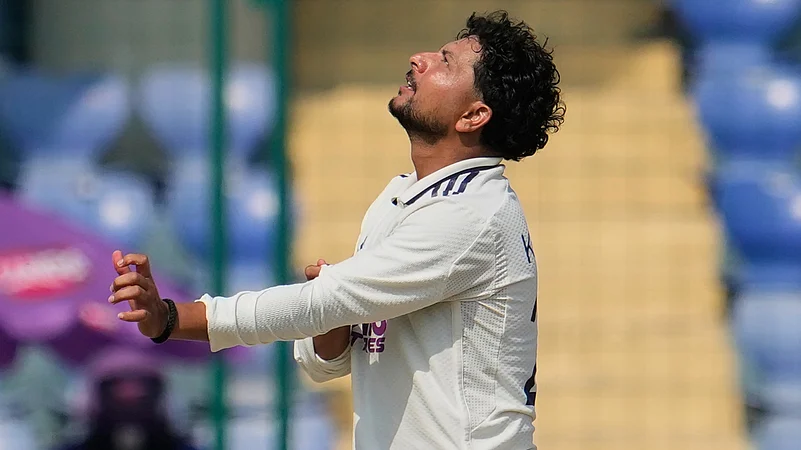
Kuldeep Yadav struggles for inclusion despite strong performance
Head coach Gautam Gambhir champions multi-skilled players for ODIs
Discussion around team composition intensifies before Adelaide ODI
Gautam Gambhir, India's head coach, has consistently championed multi-skilled players for the ODI squad, prioritising batting depth until number eight. This selection strategy has made it difficult for wrist spinner Kuldeep Yadav to secure regular inclusion, despite his impressive record.
With India's cricket team facing key decisions ahead of the Adelaide ODI against Australia on October 23, discussions around team composition, particularly regarding all-rounders like Washington Sundar and the psychological impact on players, are intensifying.
Gambhir's Vision: Multi-Skill Over Specialisation
Following only three 50-over games in Australia, a definitive conclusion remains elusive regarding whether Gambhir's punt – not Shubman Gill's – of fielding three all-rounders suits pitches that offer both bounce and seam movement.
India scored a modest 136 in a rain-affected game, making it unfair to assess the bowling unit fully as they defended a low target. Nitish Kumar Reddy, Axar Patel, and Washington Sundar form the trio of all-rounders, with Axar and Sundar functioning as specialist finger-spinners.
This composition makes it virtually impossible to include Kuldeep. The Kanpur native ranks 10th among India's all-time 50-over wicket-takers. Despite having taken 181 wickets from 113 games, Kuldeep has found it challenging to fit into Gambhir's selection scheme, prioritising multi-skilled players.
India might field an unchanged XI in the second ODI in Adelaide on Thursday. However, questions arise whether this is the optimal combination for the visiting team.
Ashwin Highlights Kuldeep's Battle
Kuldeep's disposable status is not new, and it occurred earlier under Ravi Shastri and Rahul Dravid, indicating this pattern predates the Gambhir era. Formats changed, yet the pattern remained largely identical.
Ravichandran Ashwin suggests this situation harms Kuldeep's psyche, allowing self-doubt to creep in.
"Am I the reason the team will lose? Kuldeep might think, I am bowling so well, even after that I am not playing, then am I the problem in this team?" Ashwin said on his Hindi YouTube channel after India's rain-curtailed loss. "It is a crushing feeling, and not everyone can handle it. A lot of people lose courage to fight."
Ashwin believes Kuldeep should play if Reddy is a seam-bowling all-rounder. "Having Nitish in the side, if you can't play your best spinner, I don't know," Ashwin said. He disagrees with the theory that an eighth batter protects the top-order, challenging the strategic premise behind such selections.
Strategic Spin Choices At Adelaide
India have played six ODIs Down Under since Kuldeep's 2017 debut. Including the Perth ODI, this totals seven matches. Kuldeep featured in two of these during the 2018-19 series, taking 2 for 54 in 10 overs in one game.
Washington Sundar's selection relies primarily on his batting capability. As a finger spinner, over-spin on his deliveries, or forward rotation, helps him extract bounce. Sundar operates as a restrictive bowler, focusing on choking run-flow for wickets, rather than an outright wicket-taker.
Conversely, Kuldeep, a left-arm wrist spinner, naturally poses a difficult challenge for batters to read from the hand. He uses flight and dip as his primary weapons, consistently maintaining an attacking approach.
However, wrist spinners come with a baggage of issues, and fielding Kuldeep in Adelaide carries risks, particularly due to smaller side boundaries that allow batters to pull or cut with ease.
Gambhir and Shubman Gill face difficult choices. They must decide between a safer option like Washington, offering limited rewards, or a high-risk, high-reward player like Kuldeep.
(With PTI Inputs)


























